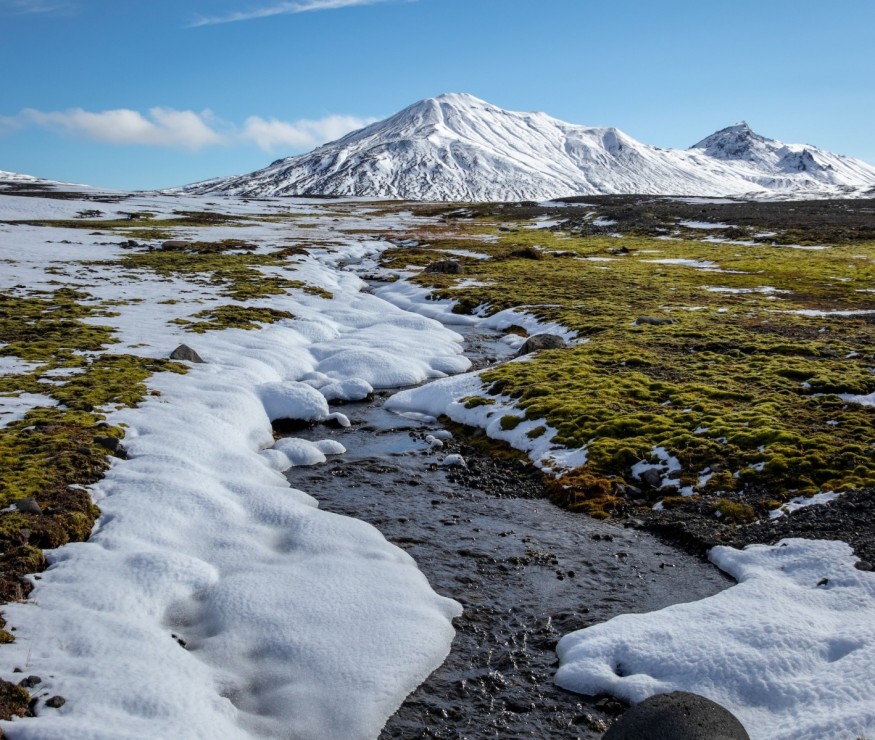
Despite being a frozen habitat, the tundra biome can nonetheless support plant life. The prantli0ife in turn, has adapted to the frigid environment.
Tundra Biome: The Frozen Habitat
The tundra biome is a habitat with frozen landscapes, maintained by extremely low temperatures, barely insufficient nutrients for plant growth, low precipitation, and very short seasons that allow for growth. Decomposing organic matter becomes the source of nutrients needed for the growth of plants. Precipitation is responsible for generating phosphorus, while biological fixation is the process that produces nitrogen.
With temperatures constantly below 5°C, and yearly precipitation in the form of snow not reaching 100mm, the tundra biome is among the coldest places in the world. These extreme climatic conditions hinder the growth of plants and animals in the biome except for a limited few species. The origins of the term "tundra" came from "tunturia," a Finnish term which refers to a treeless landscape.
Two Types of Tundra Biome
The arctic tundra is a frigid region situated between the north pole and the Taiga area, enveloped by coniferous forests, and characterized by permanently frozen ground and extremely low temperatures.
The alpine tundra is a frozen biome that can be seen in many locations, including high-altitude regions in tropical areas, however, unlike the Arctic tundra, the alpine tundra has a very short season to thaw during a brief period in the year, Thsi short period will provide a conducive environment for plant life to thrive.
Vegetation in Tundra Biomes
The Arctic tundras, situated near the North Pole in the northern hemisphere, are renowned for their tough climate, marked by extreme cold and dryness. The region experiences long periods of darkness and incredibly low temperatures during winter. However, the summer months bring nearly uninterrupted daylight, which is crucial for the survival of various animals and plants in the area. The frozen ground limits the vegetation to small shrubs and grasses, as trees cannot grow deep roots in such conditions.
According to Treehugger, the Arctic and Subarctic regions support a rich diversity of approximately 1,700 plant species. According to the University of California - Museum of Paleontology, the array of plant species includes around 400 varieties of flowering plants, albeit with shallow roots.
On the other hand, even the highest mountain peaks of some tropical locations on Earth have alpine tundra. Although the alpine regions also have extremely cold temperatures and dry air, the chances of plant life and animals thriving in the area are relatively easier. Due to these heights, the alpine tundra frequently experiences higher concentrations of sunlight at a given moment because the air and atmosphere are thinner, allowing for more ray penetration.
Based on information from Treehugger, plant life in the alpine tundra consists mainly of small shrubs, grasses, and rosette perennials, in addition to lichens, perennial forbs, mosses, and sedges. UCMP also includes tussock grasses, dwarf trees, small-leafed shrubs, and heaths to the list.
Low species diversity is encouraged by the tundra's short growth season. The plants and animals of the tundra biome have evolved to endure this extreme weather, according to Conserve Energy Future.
© 2025 NatureWorldNews.com All rights reserved. Do not reproduce without permission.





